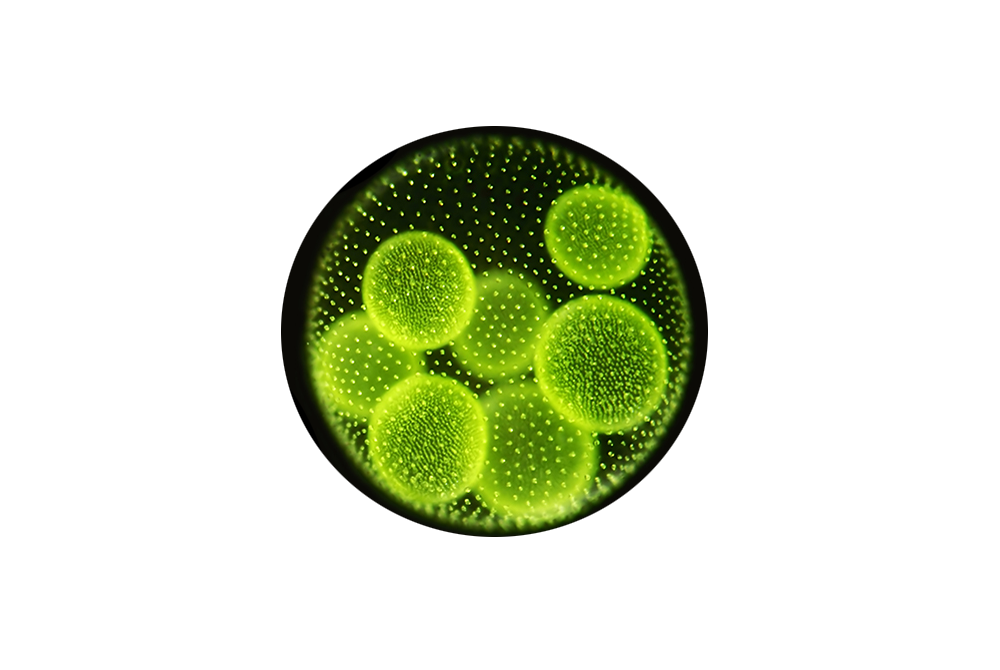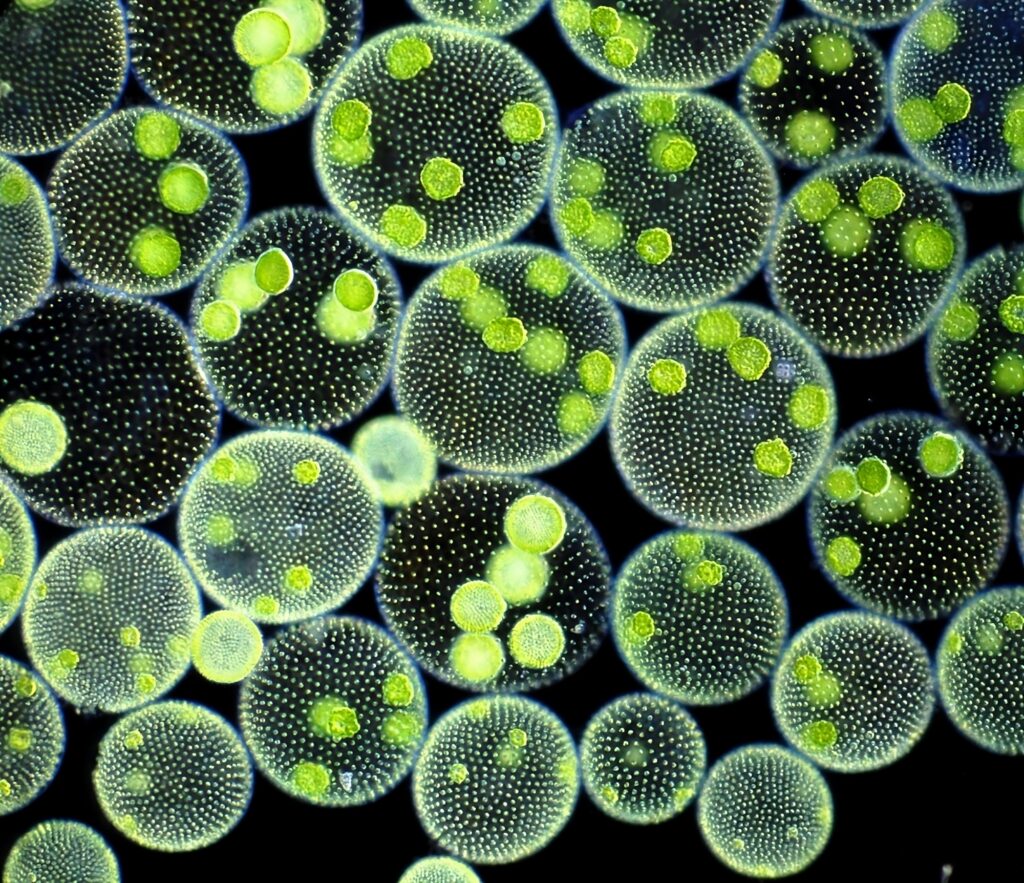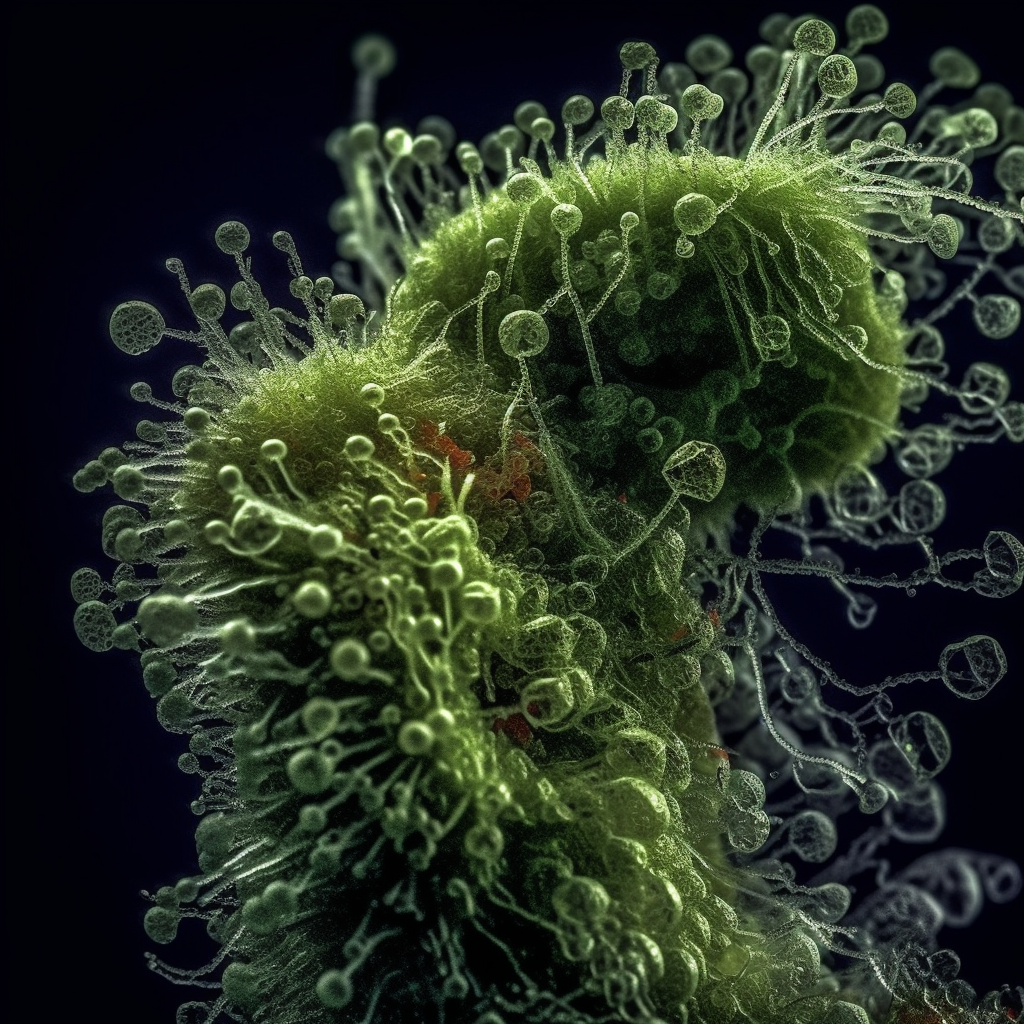
Microalgae-based biofuel, a sustainable energy breakthrough.
Enriching soil fertility through microalgae-based fertilizers.
Harness microalgae for naturally radiant and healthy skin.
Microalgae-derived nutrients elevate well-being and vitality.
Cleaner air, better living with microalgae-based filters.
MICROALGAEX is a start-up born from biologists, biotechnologists, chemists and engineers, from the most quoted Turkish, Russian, Italian universities and research centers around the world, who collaborate with us to promote the use of microalgae as an alternative natural source with high added value for the fuel industry, bioplastics, Food & Beverage, Agriculture, Cosmetics, pharmaceuticals, nutraceuticals, animal feed and air quality.
High technical-operational and managerial standards combined with consolidated know-how, place us among the leading technology & services providers in this sector

At the forefront of air quality improvement and sustainable energy production, MicroAlgaeX is backed by a world-class technical team with unparalleled expertise. Our team is proud to have built the only European biorefinery for the production of jet fuel, demonstrating our commitment to advancing clean energy technologies.
By choosing us, you’re choosing a team of dedicated professionals who are committed to delivering cutting-edge solutions for air purification and sustainable energy production. Trust our unparalleled expertise and innovative approach to create a cleaner, greener, and healthier future for your city.


POLLUTION AFFECTS OUR MENTAL ABILITIES, OUR METABOLISM, OUR HEALTH. EVERY YEAR 7 MILLION PEOPLE DIE BREATHING HARMFUL AIR (WHO), but billions of people suffer from perhaps milder pathologies, which however greatly worsen the quality of our lives (headaches, insomnia, etc.). Through photosynthesis, microalgae produce oxygen and absorb harmful gases, viruses and bacteria. And they make you feel better.
Carbon removal can take many forms. There are nature-based removals that fall within nature-based solutions (NBS), such as the restoration of forests and fragile marine and coastal habitats (blue carbon), and carbon management in agricultural soils, grasslands and grasslands – projects that provide socio-economic and biodiversity benefits, as well as climate benefits. While essential, NBS alone is not sufficient to remove the high amounts of CO2 in the atmosphere in order to limit global warming to the 1.5°C threshold set by the Paris Agreement.
Our method of removing CO2 is to grow, dry and bury microalgae (as a biofertilizer, for example). MICROALGAEX® has been working in recent years on the development of a modular and industrial microalgae-based process to undertake carbon capture and storage from the ecosystem. The MICROALGAEX® CTRX is a natural , efficient, sustainable, economical, and non-invasive bio-technological removal solution in the environment, which accelerates the natural processes of carbon removal. Housed in a 20″ container, the CTRX system is transportable, cost-effective, scalable, and immediately functional
MICROALGAEX® CTRX has a carbon removal efficiency of 87% – 89%. It is therefore clear that CTRX could contribute significantly to the carbon removal needed to combat climate change.
We own our own technology. We offer the market a sophisticated and eco-sustainable technology for those who want to invest in microalgae and for those who want to be an active part in saving our planet. Starting from natural and waste materials to create value and support a circular and sustainable economy.
We provide support to companies that have started the complex process of technological transition, based on the creation of a revolutionary, sustainable and intelligent industry 5.0 (Smart Factories).
Our technology integrates perfectly with all those industrial realities where CO2, heat and wastewater are available, where we can enhance these surpluses of algal biomass and active ingredients.
By saving natural and economic resources, it is possible to respond to the most pressing priorities and challenges for the sustainable development of the planet in line with the United Nations guidelines (2030 Agenda).

The demand for natural products isolated from microalgae has increased over the last decade and has attracted the attention of the food, cosmetics and nutraceutical industries. Microalgae are eukaryotic unicellular cells that combine several advantages for the development of biotechnological applications: high biodiversity, photosynthetic yield, growth, productivity and a metabolic plasticity that can be oriented using culture conditions. Some of these metabolites are molecules of interest such as pigments (e.g., carotenoids), polyunsaturated fatty acids (PUFAs, e.g., omega-3 or -6 fatty acids), polysaccharides, vitamins (e.g. B12) and sterols that can be introduced as food supplements into human food and animal feed, e.g. In addition, most of them are bioactive molecules with anti-inflammatory activities, antibacterial, antiUV, antifungal, anticancer and/or antioxidants that can bring added value to cosmetics, nutraceuticals or food products, eg.
Current energy systems not only put pressure on resource depletion and create problems for security of supply, but also lead to increased greenhouse gas emissions. After the development of first and second generation biofuels, increasing attention is now paid to third-generation technologies, which use microalgae as raw materials (characterized by high lipid content, high yield in oil and biodiesel, low land use).
As with any other biomass source, the production of algal biofuels depends mainly on the selected algal species and their properties.
Biofertilizers based on microalgae extracts are an ecologically sustainable alternative to boost agricultural production and protect crops. This field is one of the most promising areas of biotechnology and bioengineering, full of potential to be discovered. Microalgae are multifunctional microscopic organisms, capable of carrying out photosynthesis and providing plants with nitrogen in readily assimilable forms, as well as improving their development through the action of phytohormones such as auxins, gibberellins and cytokines, as well as providing them with essential macro and micronutrients. So they promote the chemical and biological properties of the soil, as well as restore its fertility and stimulate plant growth. They increase the properties of resistance to pests and diseases, improving stress management (drought, salinity and temperature). In addition, they provide an important step in sustainable agriculture), being environmentally friendly.


Using microalgae to treat wastewater and simultaneously produce biofuels is one of the approaches for a sustainable future. Therefore, by combining wastewater treatment and the production of biomass or biofuels, the cost of biofuels, as well as environmental risks, can be minimized, as there is a supply of free and already available nutrients and water. In addition to reclaiming the water that is available for irrigation.
We’d love to hear from you! If you have any questions, suggestions, or want to learn more about our algae-based biostimulants, please feel free to reach out to us.
At MicroAlgaex, we’re committed to harnessing the incredible potential of microalgae to revolutionize agriculture and promote environmental sustainability. Our innovative solutions promote healthier plant growth and increased crop yields while reducing the reliance on synthetic fertilizers. Together, let’s create a greener, cleaner, and more sustainable future for our planet.